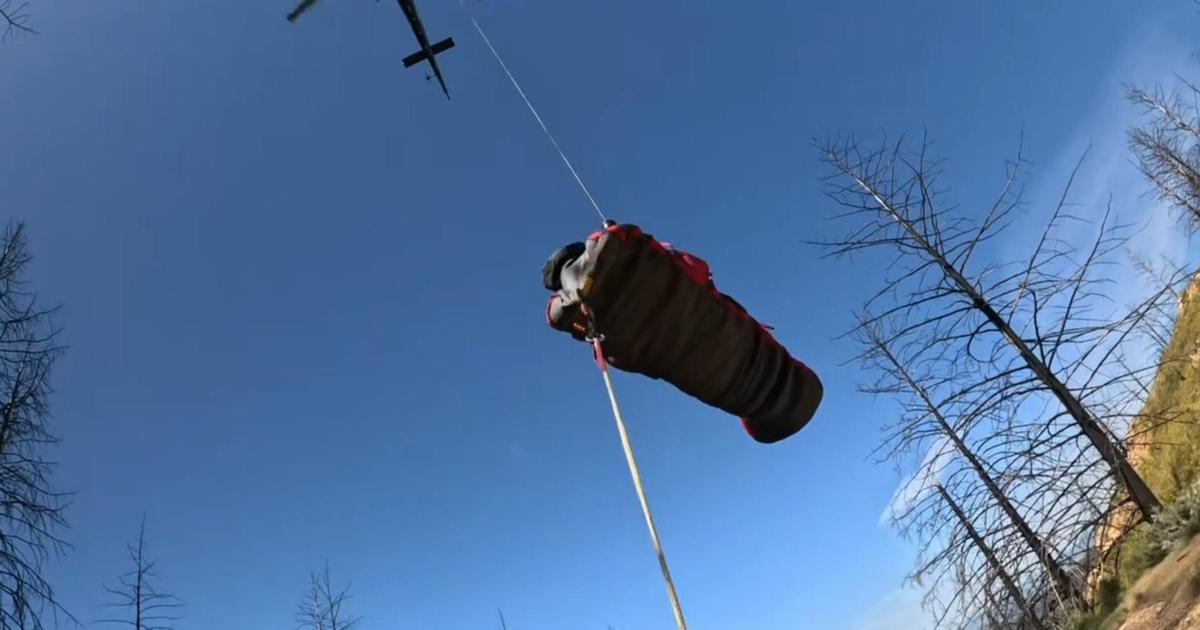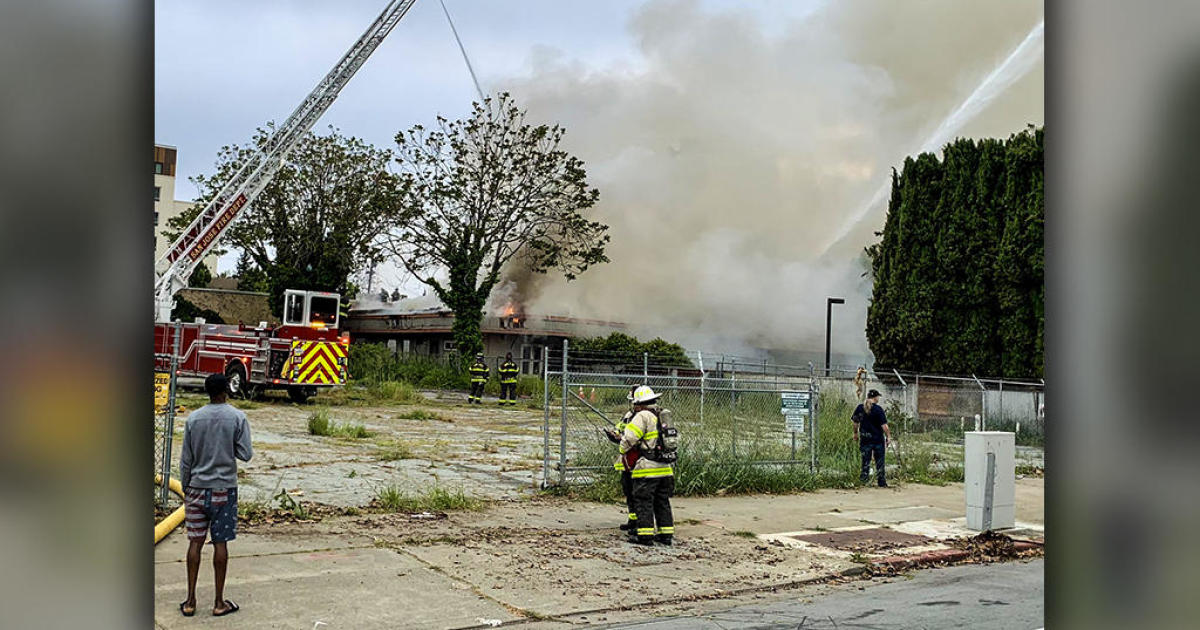Smoke Study Raises Concerns About Health Effects From Future Wildfires
SAN JOSE (KPIX 5) – A new study on the health effects of wildfire smoke makes some dire predictions for the Pacific Northwest and Northern California.
September 9, 2020, was the day smoke from Northern California wildfires gave the Bay Area a Mars-like appearance.
"It was kinda just gloomy. It was a little eerie just going outside and it seemed like it was nighttime, but it wasn't," recalled Brandon De La Paz, who remembers it well because he has asthma.
"I do remember going out and breathing the air and how that hurt a little more than usual," De La Paz told KPIX 5.
But now, according to a new study out of Princeton University, that could be the norm in the Pacific Northwest and Northern California during fire season in the coming decades.
The study predicts the effects of climate change will make wildfires bigger and more frequent and air quality during those times could be three times worse by the end of the century.
"So that is how scary it is. We didn't even know this silent killer is in our backyards when we go out and breathe the air. Children are even at higher risk because of how vulnerable their respiratory system is," said Dr. Minghui Diao, who has done similar research for San Jose State's Meteorology and Climate Science Department.
Diao says researchers are most concerned about micro particle pollution from wildfires known as PM2.5. They are tiny specs, 20 times smaller than the thickness of a human hair, and carry poisons that lodge in the lungs and blood stream.
"We know that wildfire PM 2.5 are a lot more dangerous than even car exhaust because there are more heavy metals and there is soot," Diao said.
Diao said those air monitoring stations which gave us "purple" readings during the wildfires are good, but more are needed at closer intervals in populated areas so more people can be alerted to stay indoors because exposure to bad air will shorten lives.
"It may not look like air quality is immediately what kills a person. But because of long term exposure, it could build up. It may not be the straw that breaks the camel's back, but it is one of the straws," she said.



